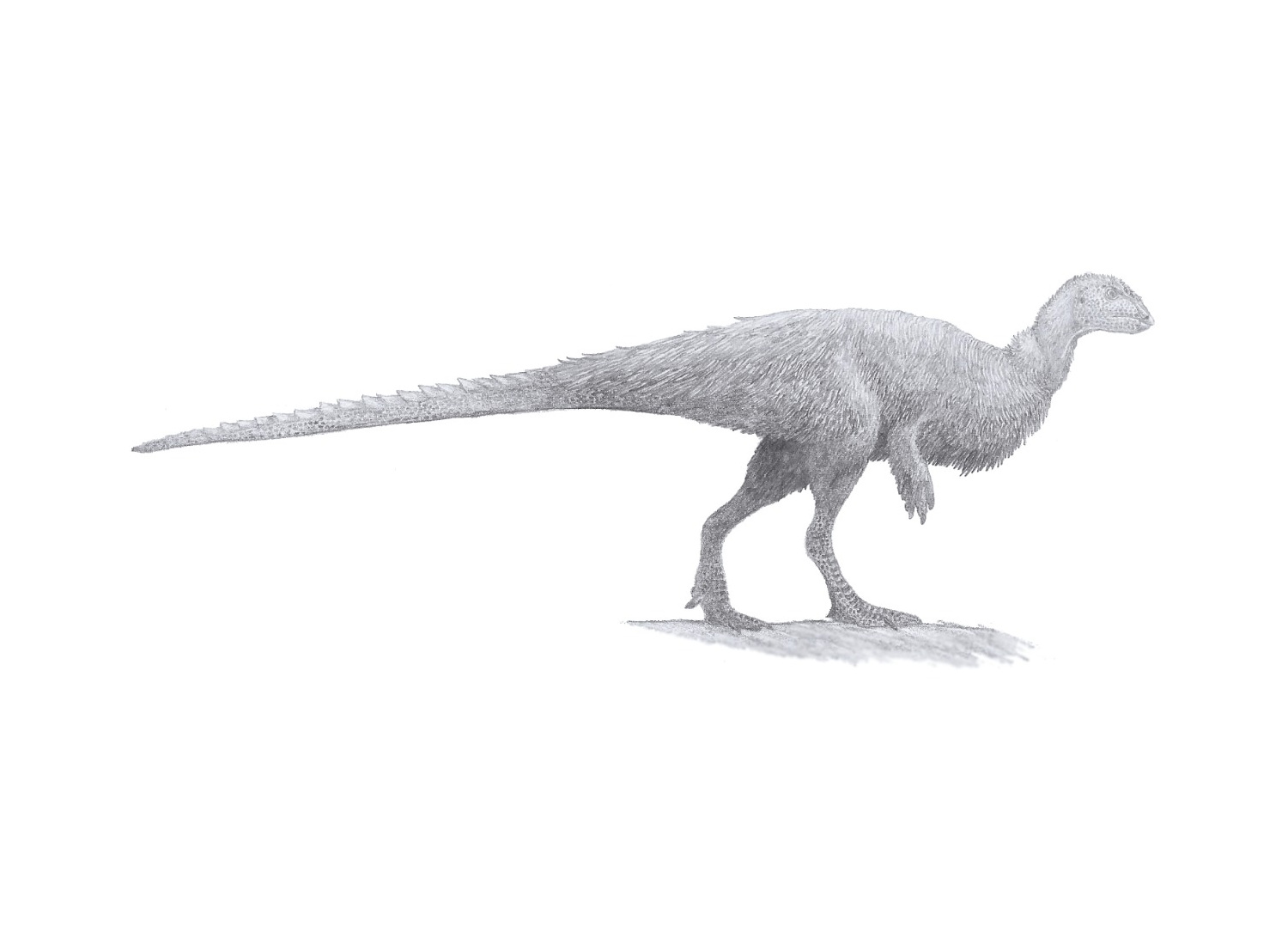
Orodromeus makelai "Mountain Runner" may not be one of the most iconic dinosaurs, and it's not one that paleontologists have done a lot of research on, but it's certainly a dinosaur worth talking about. Because the more we know about dinosaurs, the more we know about how they lived, what their world looked like, and how they evolved.
Unfortunately, we do not have a complete description of Orodromeus, sometimes known as Mountain Runner (this is the direct translation of Orodromeus).
The problem is that we haven't discussed that many fossils and no paleontologist has been able to publish a complete description of the dinosaur. This means that, unfortunately, there is still a lot of debate about what Orodromeus looked like.
Orodromeus makelai is an original ornithopod. It was a small herbivore that walked on two legs (bipedal).
Orodromeus was about 2.5 meters long. He probably weighed no more than 20 kg
| Profile | Name |
|---|---|
| Prehistoric Era | Upper Cretaceous (Middle to Upper Campanian) 80.6 to 72 million years ago. |
| Order | Ornithischia |
| Suborder | Cerapoda |
| Family | Parksosauridae |
| Tribe | Orodrominae |
| Genus | Orodromeus |
| Species | Orodromeus makelai |
| Height | 0.6 meter |
| Length | 2.5 meter |
| Weight | 20 kg |
| Territory | North America (USA and Canada) |
It is generally believed that this dinosaur had feathers, but currently there is no clear evidence that Orodromeus makelai was feathered.
When Orodromeus was discovered, a clutch of eggs was found near its skeleton.
One of these well-preserved nests contained 19 eggs laid in a spiral.
Researchers assumed that these eggs could also be attributed to Orodromeus. However, the assignment is not yet clear.
Some eggs of the clutch contained fully developed embryos.
When the hatchlings were examined, their joints were found to be well developed. This fact indicates that the hatchlings were able to leave the nest immediately after hatching.
The theory of nest escape is also supported by the fact that the eggshells in the nesting site, unlike in other dinosaur genera, were little trampled.
Accordingly, the parents were not forced to perform intensive brood care. The young animals were immediately able to care for themselves after hatching.
It is believed that Orodromeus was a dinosaur that dug and inhabited nesting burrows.
When his bones were found, no evidence of an burrow was found, but the skeletons of two individuals were very close to each other, suggesting that the two animals were in a burrow at the time of their deaths.
In addition, some anatomical features similar to those of Oryctodromeus, a close relative, indicate the ability to dig burrows. Its arms and shoulders were extremely muscular.
Oryctodromeus dug burrows similar to those dug by hyenas today.
In the past, there has been a bit of debate about whether Orodromeus was an omnivore or a herbivore. Most paleontologists have now agreed on the idea that it was a herbivore.
Orodromeus had what is known as a horned beak. This enabled it to break down tough vegetation. They also have teeth in their jaws that are designed to break down the plant matter.
It is likely that the Orodromeus eats mainly the toughest plants imaginable. Their small size means that they probably would not have been able to eat anything taller than 1 meter.
The first Orodromeus fossil was found in Montana, in the Two Medicine Formation, often referred to as Egg Mountain.
This dinosaur lived in the late Cretaceous period. That's about 100 million to 66 million years ago. The dinosaur lived 80 to 74 million years ago, as we know that Egg Mountain has been dated to that time. This time period was known as the Campanian Stage. While there was vegetation in the area, the dinosaur would have lived in a rather dry climate. There would have been a little rain from time to time, but most of it would have been blocked. This means that there would have been many droughts in the area. In fact, paleontologists believe that many of the dinosaurs in the Egg Mountain area would have died due to lack of water.
The dinosaurs probably would have eaten conifers and ferns. However, if the area went through a large amount of drought, then there may have been long periods when the dinosaur did not have access to a steady stream of food.
Image source: By Tomopteryx - Own work, CC BY-SA 3.0, https://commons.wikimedia.org/w/index.php?curid=28685699
Model nest and hatchlings of Orodromeus makelai: By The original uploader was Elapied at French Wikipedia. - Transferred from fr.wikipedia to Commons by Esp2008 using CommonsHelper., CC BY-SA 2.0 fr, https://commons.wikimedia.org/w/index.php?curid=7360971
Size comparison: By Steveoc 86 - Own work, CC BY-SA 4.0, https://commons.wikimedia.org/w/index.php?curid=70561313